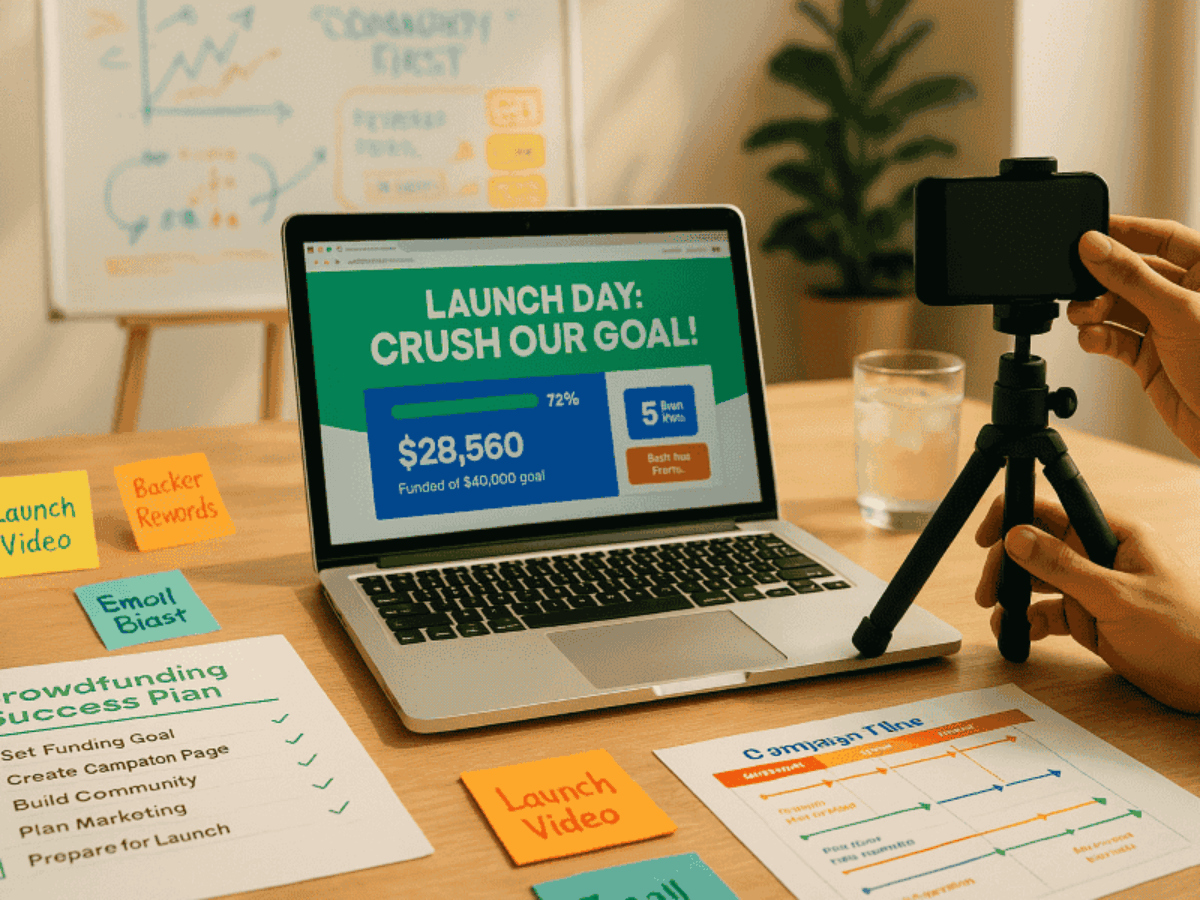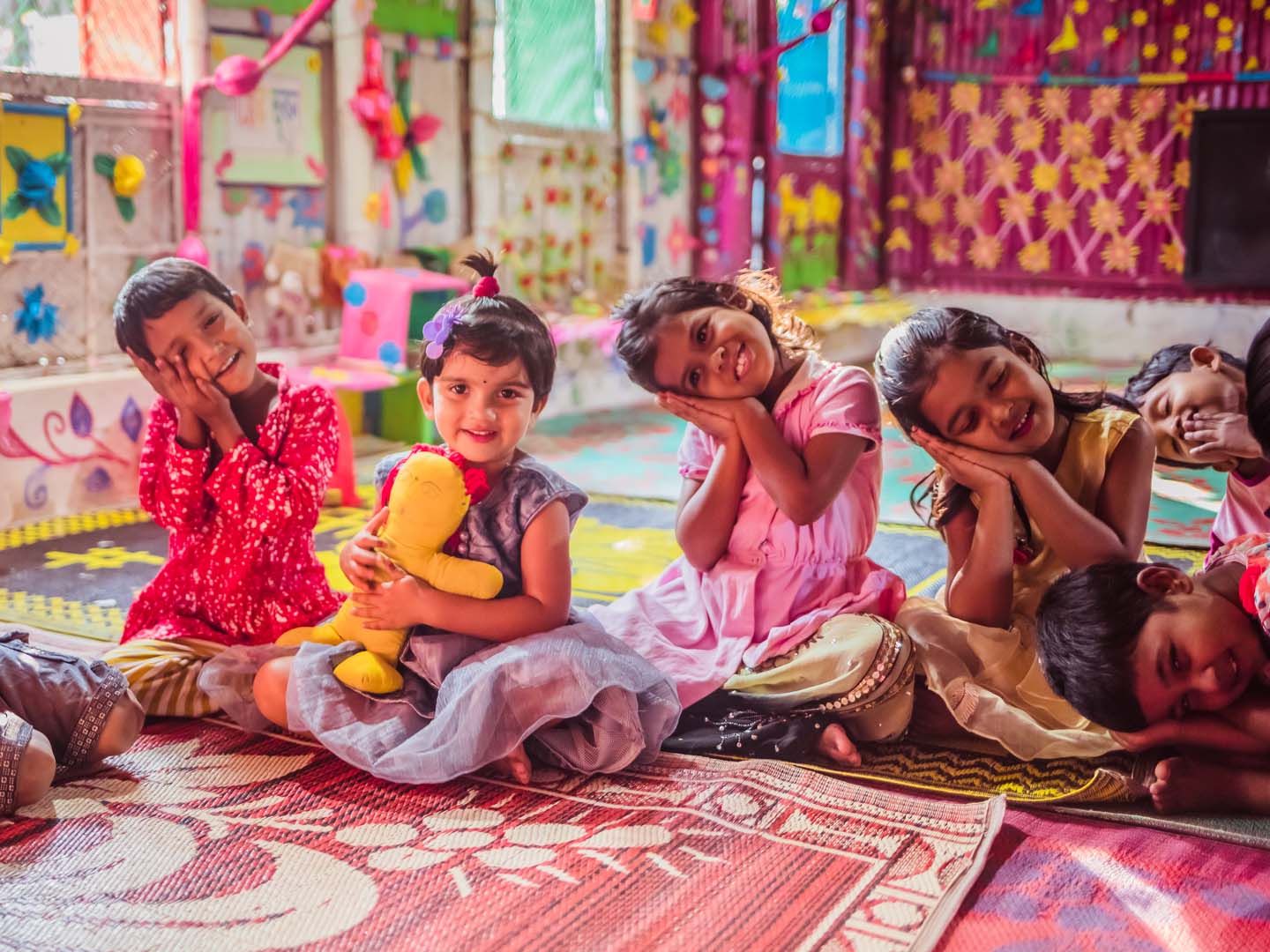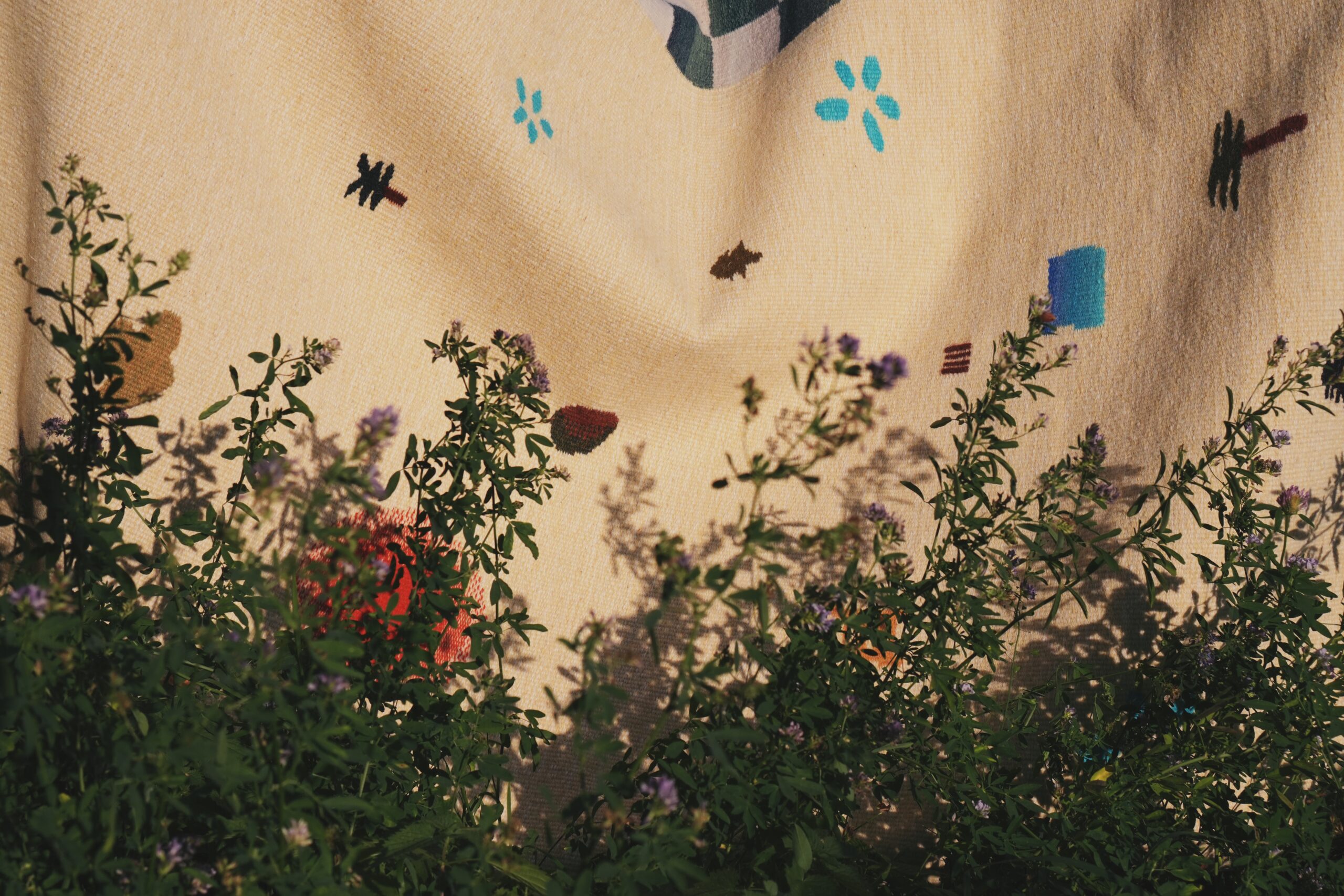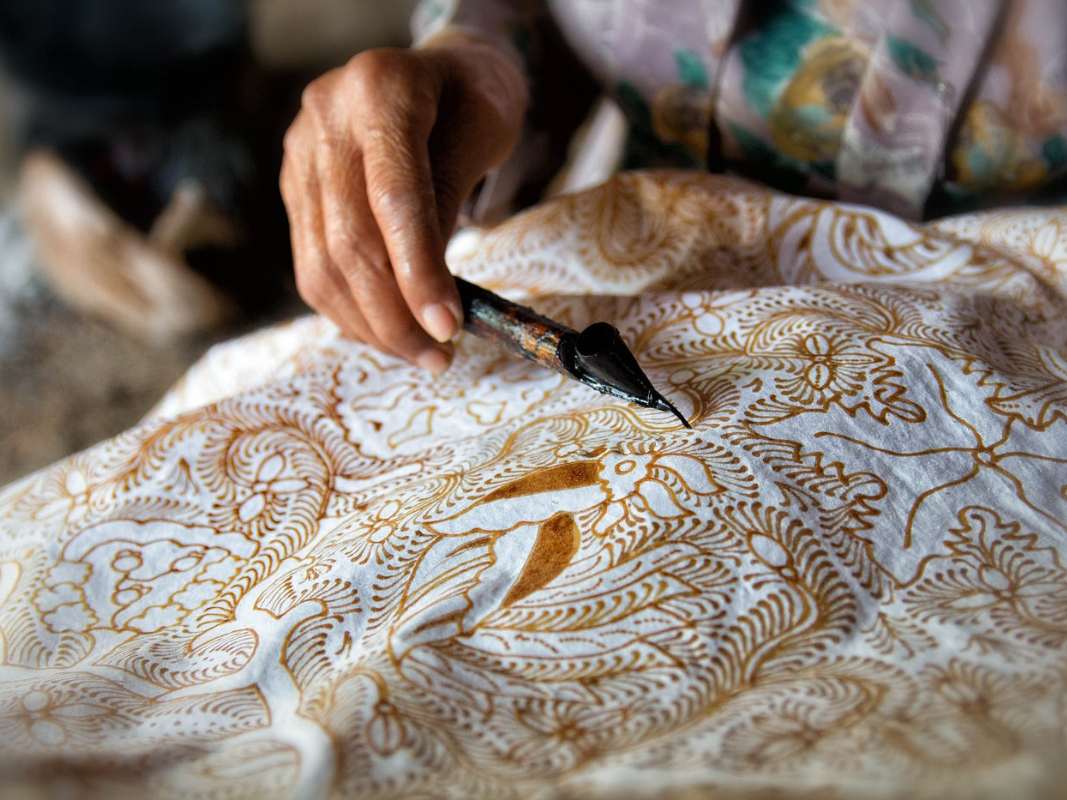The influence of crowdfunding platforms on the financing of innovative craft projects

The Evolution of Creative Financing
The landscape of project financing has dramatically shifted due to the emergence of crowdfunding platforms, which have empowered artists and creators in unprecedented ways. Gone are the days when securing funding required navigating complex relationships with banks or venture capitalists. Now, creators can garner support directly from individual backers who believe in their vision, establishing a more democratic funding landscape.
Access to Capital
One of the most significant benefits of crowdfunding is the enhanced access to capital. Artists, designers, and inventors can present their ideas on platforms like Kickstarter or Indiegogo and receive funding from people who resonate with their projects. For instance, a musician might launch a campaign to fund an album, while a sculptor may seek backing for a public art installation. This funding method allows creators to bypass traditional financial hurdles and reach their financial goals through the collective support of their community.
Market Validation
Crowdfunding platforms not only provide financial support but also serve as crucial tools for market validation. By launching a campaign, creators can gauge interest in their projects before committing to expensive production processes. For example, a small business looking to produce a new line of eco-friendly kitchenware can run a campaign to see if there is sufficient demand. If the project exceeds its funding goal, it gives the creator confidence to proceed, reducing the risk of investing in a product that may not resonate with consumers.
Networking Opportunities
Additionally, crowdfunding creates valuable networking opportunities for creators. When a project gains traction, it not only attracts financial supporters but also connects them with potential collaborators, mentors, and even customers for future endeavors. For instance, a filmmaker who successfully funds a short film may find interest from local production companies or fellow creators interested in collaborating on future projects. This web of connections enhances the overall creative ecosystem and fosters a sense of community among creators and backers.
The Rise of Platforms
Platforms like Kickstarter, Indiegogo, and GoFundMe have emerged as household names across the United States, showcasing a wide array of craft projects. Statistics indicate that over 20% of crowdfunding campaigns in the arts and crafts category successfully meet their funding goals. This success rate showcases how effective the crowdfunding model can be, especially when creators engage meaningfully with their supporters and communicate their visions clearly.
Encouraging Innovation and Entrepreneurship
Furthermore, the rise of crowdfunding encourages a culture of innovation and entrepreneurship. Individuals are empowered to turn their creative visions into reality without the barriers that often stifle new ideas. Whether it’s a new tech gadget, a unique fashion line, or an immersive art installation, crowdfunding has lowered the entry barrier, allowing a diverse range of voices and innovations to flourish. This democratization of support not only reflects a shift in financial models but also heralds a new era where anyone with a compelling idea can find support and community backing to bring their vision to life.
As crowdfunding continues to evolve, it remains a testament to the changing dynamics in how creative projects are financed and supported, creating long-lasting impacts on the artistic and cultural landscape.
DISCOVER MORE: Click here to delve into the art of landscape photography
Changing How We Fund Creativity
In recent years, the influx of crowdfunding platforms has reshaped the landscape of financing for innovative craft projects. These platforms have emerged as a beacon of hope for creators who might have previously struggled to find the necessary funding for their unique ideas. By allowing creators to showcase their concepts directly to the public, crowdfunding bridges the gap between visionary artisans and enthusiastic supporters eager to invest in original and imaginative endeavors.
Democratization of Funding
Crowdfunding has introduced a democratization of funding, where anyone with a compelling idea can access capital without the stringent requirements often attached to traditional funding methods. This shift has proved particularly beneficial for independent artists and craftspersons who might not have the connections or resources to capture the attention of established investors or institutions. Through platforms such as Kickstarter, OneSpark, and Patreon, these creators can tap into a vast network of potential backers who share similar passions.
Financial Support for Niche Projects
Innovative craft projects often cater to niche markets, which can make traditional funding avenues hesitant to invest due to perceived financial risks. Crowdfunding offers these creators a unique opportunity to showcase their work to a targeted audience more likely to support their projects. For instance, a craftsperson looking to produce a limited-run series of handmade pottery can highlight their artistic vision through a crowdfunding campaign, attracting buyers who appreciate the value of quality craftsmanship. Not only does this enhance their chances of reaching their financial goal, but it also establishes a direct relationship with potential customers, creating brand advocates from day one.
Connecting Creators with Their Audience
Besides financing, crowdfunding platforms help connect creators with their audience in meaningful ways. The interactive nature of these campaigns allows backers to engage with the project by providing feedback, asking questions, or contributing ideas. This direct line of communication between makers and supporters fosters a sense of community and belonging, wherein backers not only invest financially but also emotionally. Craft creators can cultivate supporters who believe in their mission, enhancing loyalty that can last well beyond the initial project.
The Impact Beyond Financing
The influence of crowdfunding platforms extends beyond mere financing; they redefine how creators validate their concepts and build their brands. For example, a textile designer might launch a crowdfunding campaign for a new collection of eco-friendly fabrics. The funding serves its original purpose but also acts as a test run. If enough backers express interest, it signals that there is a market for the product, ultimately guiding decisions regarding production volume and marketing strategies.
Key Factors for Success
To maximize the potential benefits of crowdfunding, creators must consider several key factors:
- Clear Communication: Articulating a compelling story and vision for the project.
- Engagement: Actively interacting with backers throughout the campaign.
- Promotional Efforts: Utilizing social media and other marketing strategies to generate interest before launching.
- Perks and Rewards: Offering enticing incentives for different funding levels to attract a diverse range of backers.
As the industry evolves, the success of crowdfunding platforms highlights the potential for creativity and innovation to flourish when financial resources become more accessible. This newfound landscape continues to encourage unique projects that may have otherwise gone unnoticed, reinforcing a vibrant community of makers and supporters alike.
| Advantages | Features of Crowdfunding |
|---|---|
| Access to Capital | Innovative craft projects can secure necessary funds without traditional loans. |
| Market Validation | Successful campaigns indicate potential consumer interest, minimizing risks. |
| Community Engagement | Crowdfunding fosters a loyal community that supports and promotes projects. |
| Global Reach | These platforms broaden the audience and attract international backers. |
| Flexibility in Funding | Campaigns can incorporate various funding models, including rewards and equity. |
The influence of crowdfunding platforms on the financing of innovative craft projects cannot be understated. These platforms have transformed how artisans and creators manage financial barriers, providing access to vital funds through the collective support of patrons. With access to capital, craft creators can circumvent the limitations posed by traditional financing avenues, which often involve rigorous credit checks and cumbersome bureaucracy. Moreover, by allowing potential backers to engage directly with projects, crowdfunding serves as a significant tool for market validation. Successful funding efforts frequently signal a promising business idea, capturing the attention of investors who are seeking viable crafts in a judgment clouded by uncertainty. Furthermore, crowdfunding encourages community engagement, enabling creators to cultivate an audience that not only supports their projects but also helps generate buzz through word-of-mouth advertising. This community-centric approach can even expand to a global reach, providing local artisans with international exposure that brick-and-mortar setups may lack.Additionally, the flexibility in funding methods offered by these platforms allows for diverse project opportunities, giving creators the chance to connect with backers through assorted reward models or even equity stakes. The synergy created between creators and funders on these platforms exemplifies a new era of financial collaboration, empowering innovative craft projects to thrive in ways that were previously unimaginable.
DISCOVER MORE: Click here for creative crafting ideas
Innovative Marketing Strategies Through Crowdfunding
The rise of crowdfunding platforms has not only transformed financing methods for craft projects but has also redefined marketing strategies for creators. Crowdfunding campaigns serve as dynamic marketing tools that allow artisans to pre-sell their products, gauge consumer interest, and create a buzz around their projects even before they hit the market. This approach reduces the financial risk typically associated with launching new products and can lead to rapid brand recognition.
Building Brand Equity
Crowdfunding creates an opportunity for creators to build their brand equity right from the start. Successful campaigns allow crafters to reinforce their identity, demonstrating their values—such as sustainability or artistry—tangible to potential customers. For example, a woodworker launching a bespoke furniture line can emphasize their use of sustainably sourced materials in their campaign, garnering the support of consumers who value eco-friendliness. As backers actively participate in the journey, they often share the campaign within their own networks, amplifying visibility and fostering organic growth.
Access to Valuable Feedback
The nature of crowdfunding inherently facilitates the collection of valuable feedback from interested backers. As ideas are presented, potential supporters can weigh in on certain aspects or even influence product development. For instance, a jewelry maker may discover that backers prefer a specific design or color combination, enabling immediate adjustments to tailor the final outcome to consumer taste. This iterative process not only leads to a better product but enhances the connection between creator and community, encouraging continued engagement post-campaign.
Community Engagement and Loyalty
Implementing a successful crowdfunding campaign fosters a strong sense of community among supporters. Craft projects often thrive on the passion and shared interests of backers, creating advocates who are emotionally invested in the success of the venture. As these individuals contribute not just financially but also offer moral support and promotion, they become a critical component of the creator’s journey. Brands that leverage this community-oriented approach can cultivate a loyal customer base that extends beyond a single project, paving the way for future initiatives.
The Role of Social Media in Crowdfunding Success
Social media has emerged as a potent ally for creators utilizing crowdfunding platforms. Engaging with platforms like Instagram, Facebook, and Twitter amplifies the reach of crowdfunding efforts, making it easier to gather momentum before launching. Creators can generate excitement through sneak peeks, behind-the-scenes content, and by sharing testimonials from early backers. For instance, a craft beer startup might use social media not just to launch a crowdfunding campaign but also to create a narrative around the brand’s inception, providing followers with an engaging story that encourages sharing and participation.
Measuring Success Beyond Financial Goals
The beauty of crowdfunding lies in its ability to measure success on multiple levels. While financial targets are critical, campaigns can also be evaluated based on community engagement and brand awareness. For example, a textile artist who pre-sells their limited-edition fabrics may view their project as a triumph both for reaching their funding goal and for building a robust audience base that expresses enthusiastic interest in future work. Success metrics may include social media followings, email list growth, and ongoing interactions between backers and creators, establishing a foundation for long-term success.
As crowdfunding continues to evolve, it stands as a transformative force not just for financing but for fostering creativity, community, and innovation in the craft landscape. By leveraging the power of these platforms, artisans can navigate the complexities of market needs while nurturing a loyal following rooted in shared passions and values.
DIVE DEEPER: Click here to discover more
Conclusion
The emergence of crowdfunding platforms has fundamentally transformed the landscape of financing innovative craft projects, offering creators an unprecedented level of autonomy and engagement with potential customers. Beyond merely providing financial support, these platforms enable artisans to harness strategic marketing opportunities, build meaningful relationships with backers, and foster a vibrant community around their work. As we have explored, successful campaigns serve not only to generate funds but also to cultivate brand equity, receive valuable consumer feedback, and create a loyal customer base.
Moreover, the integrative role of social media cannot be overstated, as it amplifies messaging and creates narratives that resonate with a broader audience. This synergy between crowdfunding and digital communication invites an interactive experience that encourages investment from supporters, both emotionally and financially. In this evolving paradigm, artisans have the unique ability to refine their products based on real-time input, ensuring that their offerings reflect the desires of their constituency.
As we look ahead, the potential for crowdfunding in the realm of craft projects continues to expand, inviting new innovators to utilize these platforms. For those considering this route, understanding the intricate balance of financing, marketing, and community engagement will be pivotal. The future of crafting lies not just in the products themselves, but in the collaborative journeys that bring them to life, showcasing the undeniable influence of crowdfunding as a catalyst for innovation in the craft industry.


